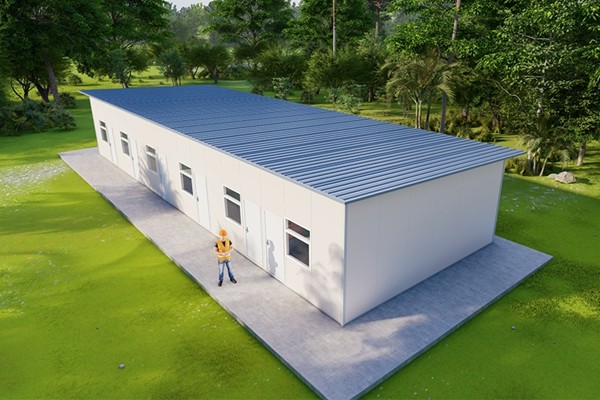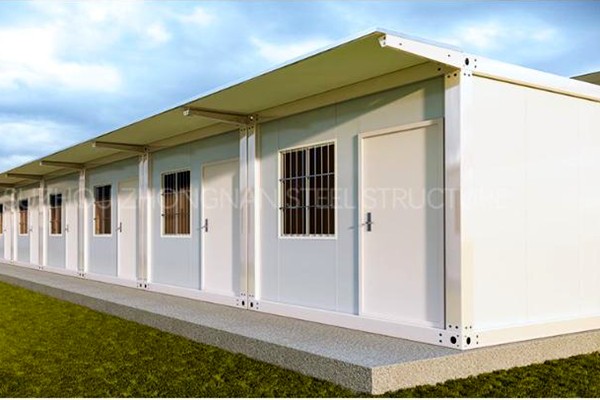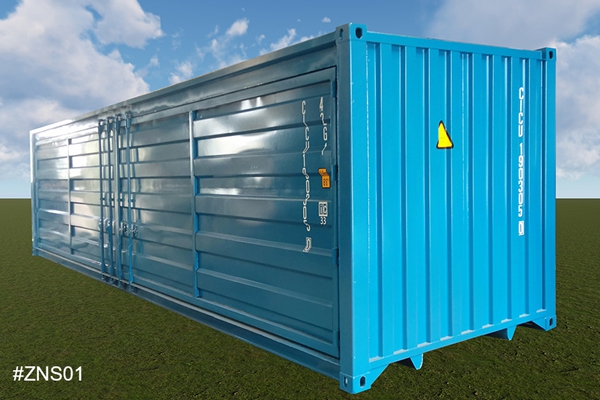size of shipping containers for homes
Shipping containers have increasingly gained popularity as an innovative building material for homes. Their standard sizes and durable construction make them a versatile and eco-friendly choice for modern architecture. To better understand the suitability of shipping containers for residential construction, it’s essential to explore the various sizes these containers come in and how these dimensions impact the design and utility of container homes.
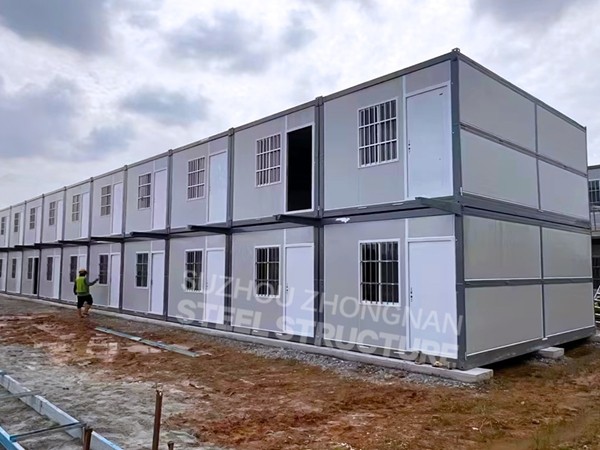
Shipping containers are generally manufactured in two lengths 20 feet and 40 feet. These containers, also known as TEU (Twenty-foot Equivalent Unit) and FEU (Forty-foot Equivalent Unit), are standardized for intermodal transport, allowing them to be easily moved by trucks, trains, and ships. The 20-foot container typically measures 20 feet in length, approximately 8 feet in width, and 8.5 feet in height, providing an interior space of about 160 square feet. The 40-foot version offers double the length, and hence around 320 square feet of livable area, making it a popular choice for those needing more space.
For those requiring additional headroom, high cube containers are available, providing an extra foot of height—9.5 feet in total. This variant of the standard shipping container is excellent for creating more spacious interiors or allowing for additional insulation without compromising on ceiling height.
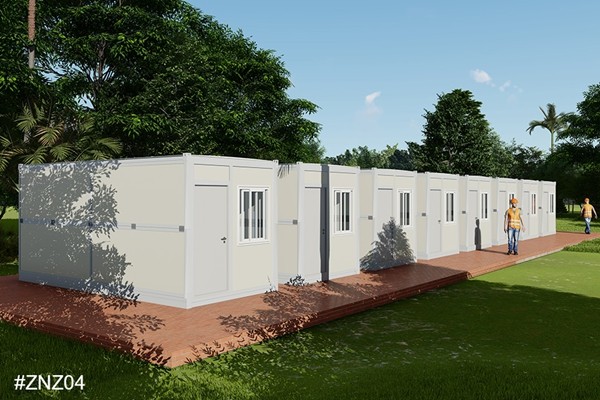
When planning a container home, understanding the size of these shipping containers is crucial for several reasons
1. Design Flexibility The dimensions of shipping containers provide a modular aspect to home design. These containers can be aligned in parallel, stacked, or joined at angles to create different layouts. For example, a single 40-foot container can be turned into a compact studio living space, whereas multiple containers can be combined to form larger homes with multiple rooms or even multi-story dwellings.
2. Cost-Effectiveness The use of shipping containers as homes can significantly reduce construction costs. The uniformity in size and structure allows for easier planning and less material wastage. Additionally, buying used containers can further drive down costs, offering an economic advantage over traditional building materials.size of shipping containers for homes
3. Sustainability Repurposing shipping containers contributes to recycling efforts and reduces the demand for conventional building materials such as wood and bricks. Their inherently robust structure also means less reliance on additional reinforcements, making container homes a more sustainable option.
4. Construction Speed Building with containers can expedite the construction process. The structure of a shipping container is already complete, significantly reducing the time required to erect walls, roofing, and flooring compared to traditional methods. This rapid turnaround time is ideal for homeowners or developers looking to expedite project timelines.
5. Durability and Strength Designed to carry heavy loads and withstand harsh ocean conditions, shipping containers are incredibly durable. This strength translates into a heightened ability to withstand natural elements such as wind and earthquakes when compared to traditional housing.
6. Customization Opportunities The standardized size of these containers opens up numerous customization possibilities. Doors, windows, and insulation can be added without compromising structural integrity, allowing homeowners to personalize their spaces according to their tastes and needs. Furthermore, the additional height of high cube containers allows for mezzanine levels or lofted areas, increasing functional space within the same footprint.
7. Building Regulations and Codes It's important to note that building with shipping containers involves understanding local building codes and regulations. Different areas have varying rules regarding the repurposing of shipping containers for residential use. Consulting with professionals who specialize in container architecture will ensure that your container home meets all local safety and building requirements.
In conclusion, the size and versatility of shipping containers make them an excellent foundation for a contemporary home. Their modular nature, cost-effectiveness, and durability offer both practical and aesthetic benefits, providing unique opportunities for creative and environmentally-conscious housing solutions. Whether used as standalone structures or part of larger, complex designs, these containers can be customized to fit a wide range of architectural visions, proving that excellent design can come from the most unconventional materials. For anyone considering a shipping container home, getting familiar with the specific dimensions and how they can be incorporated into your design is the first step towards creating a unique and sustainable living space.

